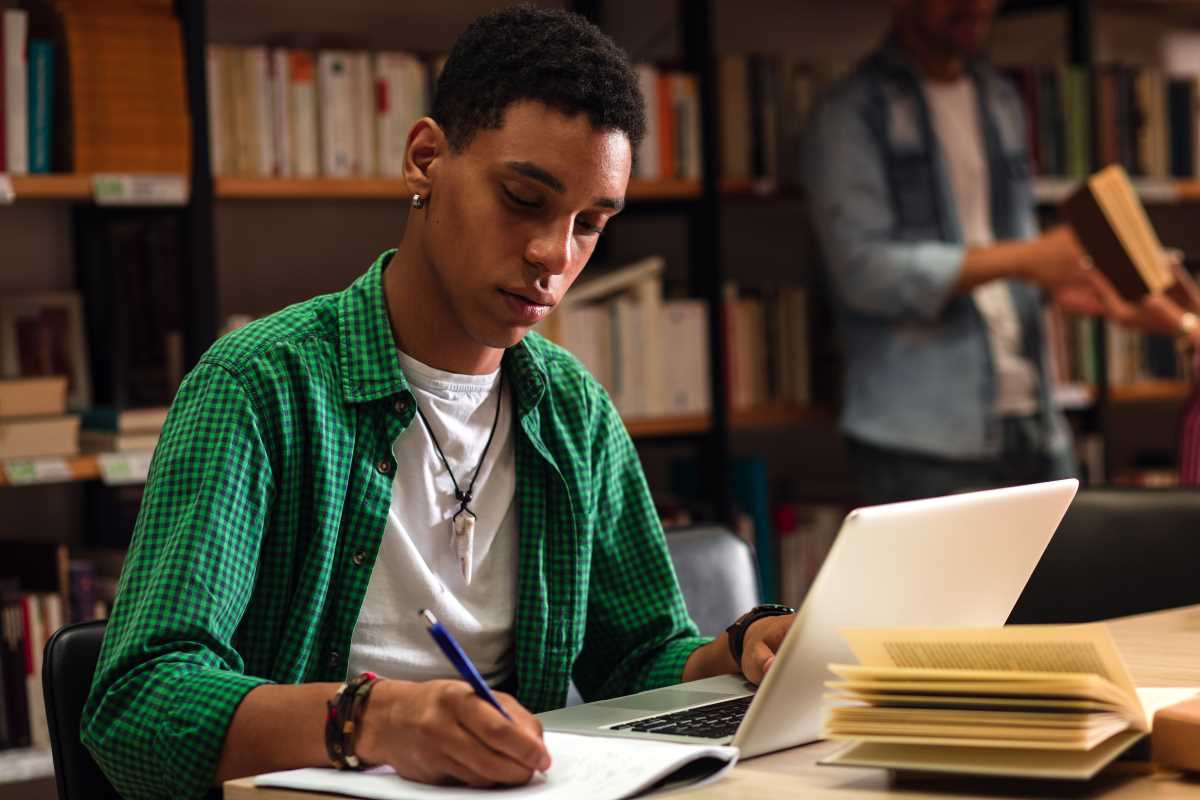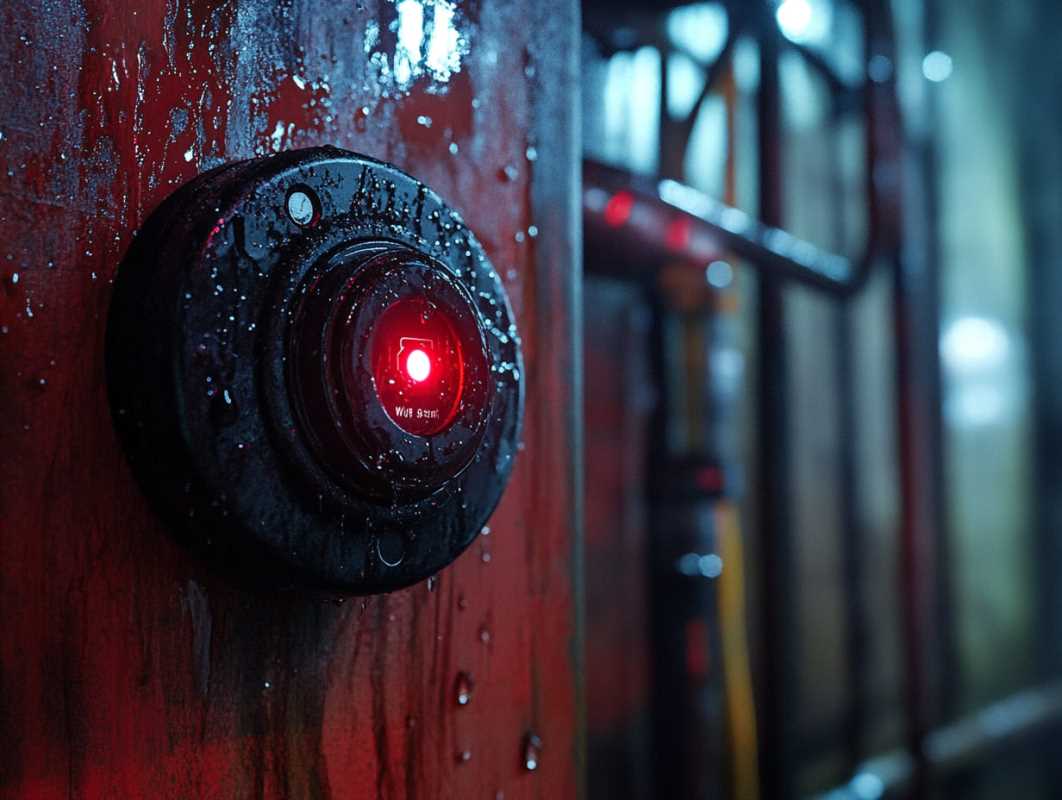For decades, video editing has been a craft defined by meticulous, manual labor. It was a world of complex timelines, endless keyframing, and hours spent searching for the perfect clip or audio track. This process, while capable of producing cinematic masterpieces, required a steep learning curve and a significant investment in both time and expensive software. As we stand in 2025, that paradigm has been completely upended. The rise of artificial intelligence in creative fields has ushered in a new era of video editing, one that prioritizes speed, accessibility, and intelligent automation.
AI is no longer just a buzzword; it's a powerful co-pilot for creators at every level. These sophisticated tools can now analyze raw footage, suggest edits, generate entire video sequences from a simple text prompt, and automate tedious tasks that once consumed entire workdays. This shift doesn't replace the human creator but empowers them, freeing them from technical minutiae to focus on the bigger picture: storytelling. For professional editors, content creators, and marketers alike, AI-driven video tools are unlocking unprecedented levels of efficiency and creative possibility.
The New Creative Workflow
The integration of AI has fundamentally reshaped the video editing workflow from a linear, task-based process to a more dynamic and collaborative one. In the past, an editor would manually sift through hours of footage, painstakingly logging clips and assembling a rough cut. Today, AI tools can ingest that same footage and, within minutes, provide a fully transcribed, searchable database. An editor can simply type a keyword or phrase, and the AI will instantly locate every instance where it was spoken, complete with the corresponding video.
This intelligent automation extends deep into the creative process. AI can analyze the emotional tone of a scene and suggest appropriate music from a licensed library. It can automatically remove filler words like "um" and "ah" from interviews, clean up background noise, and even color-grade footage to match a specific mood or brand palette. This new workflow transforms the editor's role from a technical operator into a creative director, making high-level decisions while the AI handles the heavy lifting in the background.
From Text Prompts to Finished Videos
Perhaps the most groundbreaking development in AI video editing is the emergence of true text-to-video generation. While still evolving, the capabilities in 2025 are staggering. These tools allow a user to type a simple script or a descriptive prompt—like "a cinematic drone shot of a misty mountain range at sunrise, with inspiring orchestral music"—and the AI generates a unique video clip to match. It can create entirely new visual assets, animate stock photos, or intelligently pull from a vast library of stock footage to assemble a cohesive sequence.
For social media managers, marketers, and small business owners, this technology is a game-changer. It dramatically lowers the barrier to entry for creating high-quality video content. There's no longer a need to hire a film crew or even own a camera to produce a compelling promotional video or social media ad. By simply describing their vision, creators can generate a near-instant first draft, which can then be refined using more traditional editing tools. This democratization of video creation is empowering a new generation of storytellers.
Top AI Video Editing Platforms to Watch
The market for AI video tools is expanding rapidly, with each platform offering a unique blend of features catering to different types of users. From simple text-to-video generators to full-fledged editing suites with AI-powered features, these tools are defining the cutting edge of content creation in 2025.
Here are some of the best AI-generated video editing tools that are making a significant impact, each with its own standout capabilities:
- Descript: A pioneer in text-based video editing, Descript transcribes your video and allows you to edit it simply by editing the text document. Deleting a word in the transcript deletes the corresponding video and audio. Its "Overdub" feature can even create a realistic clone of your voice to fix audio mistakes or add new narration.
- Runway: At the forefront of generative video, Runway offers a suite of "AI Magic Tools." Its Gen-2 model allows for stunning text-to-video and image-to-video creation. It also includes features like AI-powered rotoscoping (to easily cut out subjects) and infinite image expansion, making it a playground for experimental and creative video artists.
- Synthesia: This platform specializes in creating professional-grade training and corporate videos using hyper-realistic AI avatars. You simply type your script, choose an avatar and a background, and the platform generates a polished video with a lifelike presenter, available in over 120 languages.
- Adobe Premiere Pro (with Adobe Sensei): Rather than being a standalone AI tool, Adobe has deeply integrated its AI engine, Sensei, into its industry-standard software. Features like "Text-Based Editing," "Auto Reframe" (which automatically adjusts videos for different aspect ratios), and "Enhance Speech" (which removes background noise) use AI to streamline professional workflows.
- Opus Clip: Designed specifically for content repurposing, Opus Clip takes a single long-form video, like a podcast or webinar, and uses AI to identify the most engaging moments. It then automatically edits them into multiple, shareable short-form clips, complete with animated captions, for platforms like TikTok, Instagram Reels, and YouTube Shorts.
Applications Across Industries
The impact of AI video tools is being felt far beyond the world of social media influencers. In corporate training and education, platforms are being used to create engaging and easily updatable learning modules at a fraction of the cost of traditional video production. A company can quickly generate safety videos or software tutorials with AI avatars, ensuring consistency and accessibility across a global workforce.
In marketing, AI is enabling hyper-personalized video campaigns. A brand can use an AI tool to create thousands of variations of a single advertisement, each tailored with a different customer's name, location, or product interest. In the news industry, journalists can use AI to quickly assemble video packages from raw footage, transcribing interviews and identifying key soundbites in minutes, dramatically accelerating the news-gathering cycle. This widespread adoption signals that AI is not just a novelty but a fundamental utility for modern communication.
The Future of Creativity and Human-AI Collaboration
As with any disruptive technology, the rise of AI in video editing raises questions about the future of creative professions. Will AI replace human editors? The consensus in 2025 is a resounding "no." Instead, AI is becoming an indispensable collaborator. The tools are incredibly effective at handling repetitive, time-consuming tasks, but they still lack the nuanced understanding of context, emotion, and storytelling that a human creator brings to the table.
The future of video editing is one of partnership. The AI can generate a thousand ideas in a second, but it takes a human eye to curate the best one. The AI can perform complex technical edits flawlessly, but it takes a human heart to know which take has the most emotional resonance. As these tools continue to evolve, they will not diminish the value of human creativity but rather amplify it, allowing creators to work faster, experiment more freely, and tell stories that were once technically unimaginable.
 (Image source: Midjourney)
(Image source: Midjourney) 





.jpg)